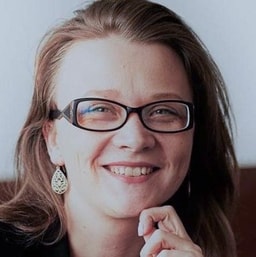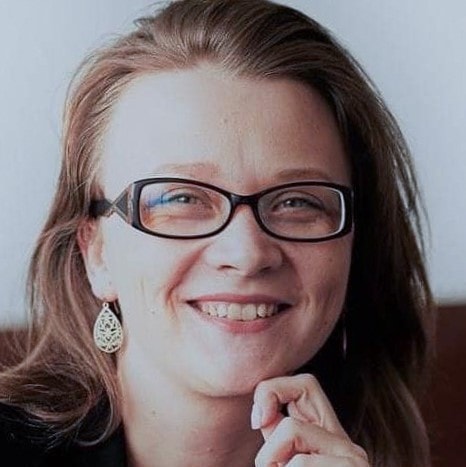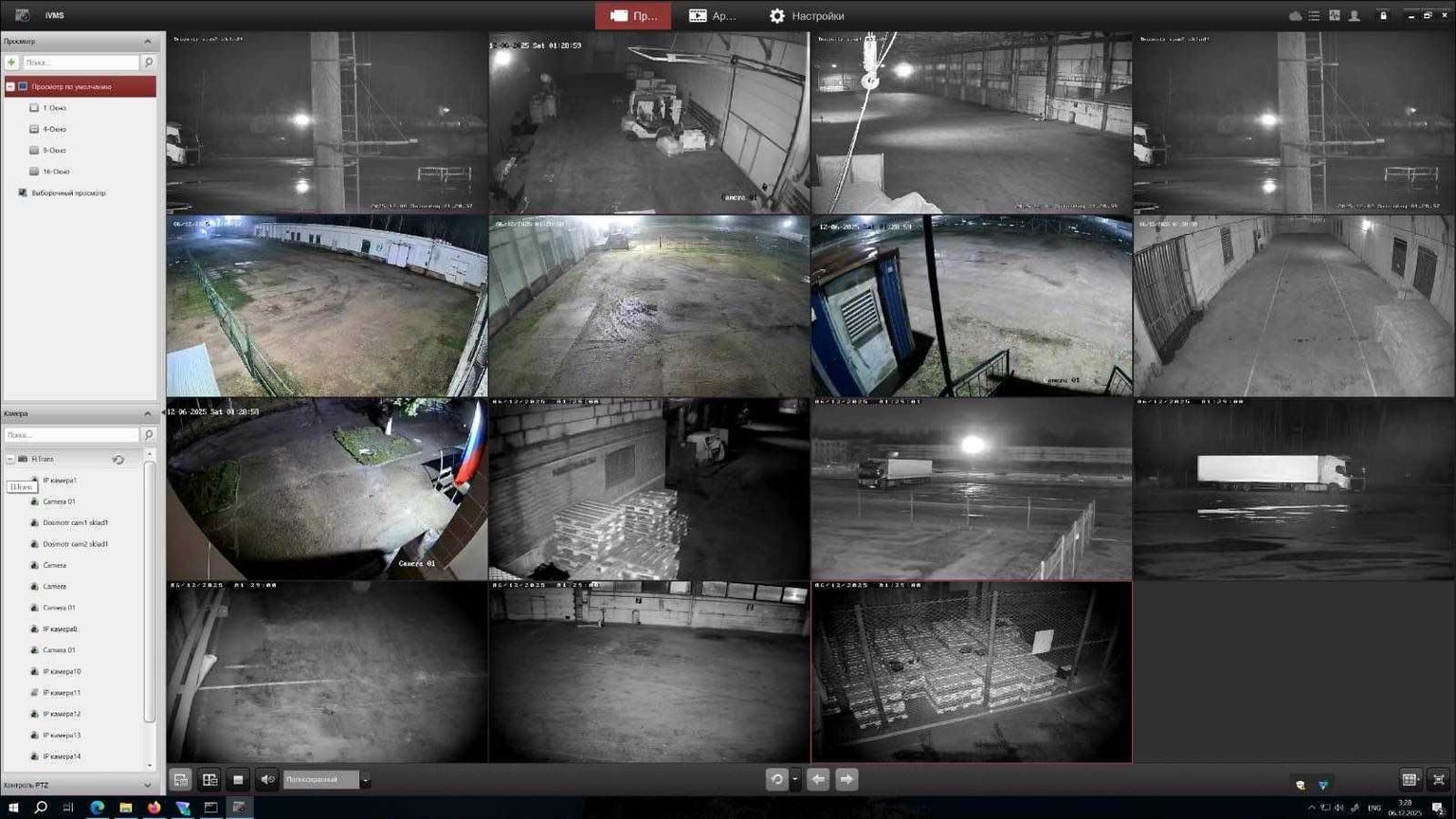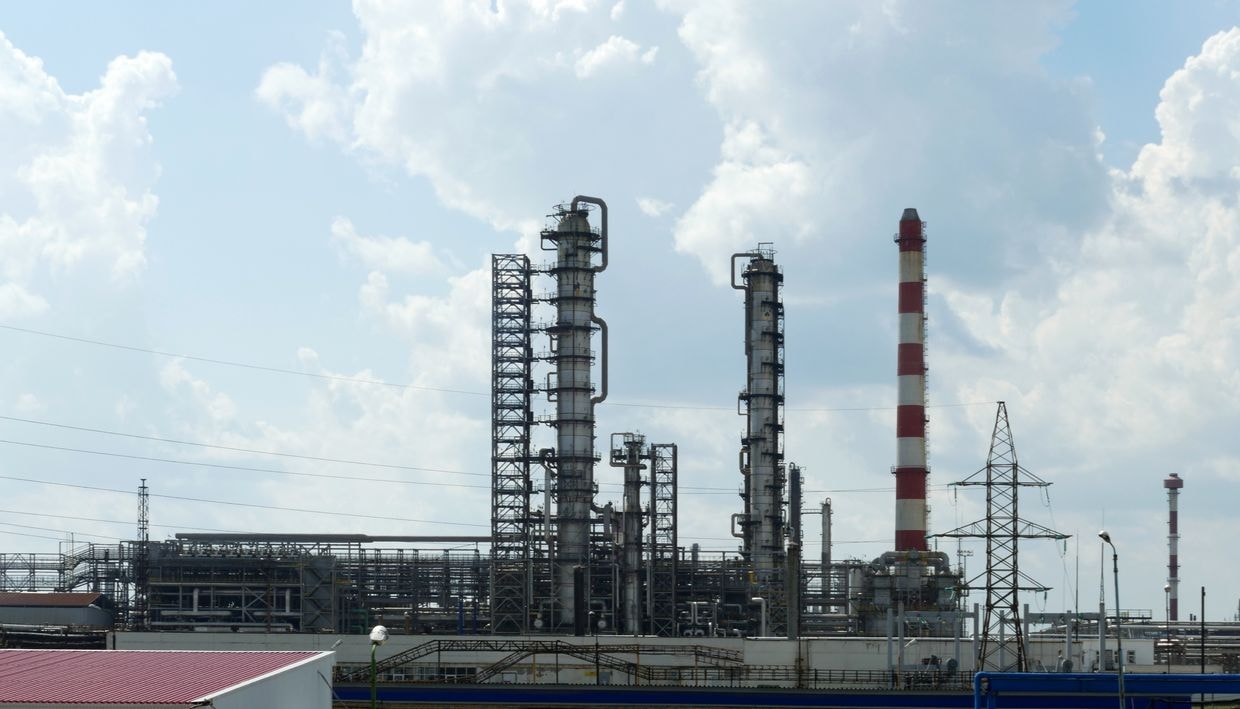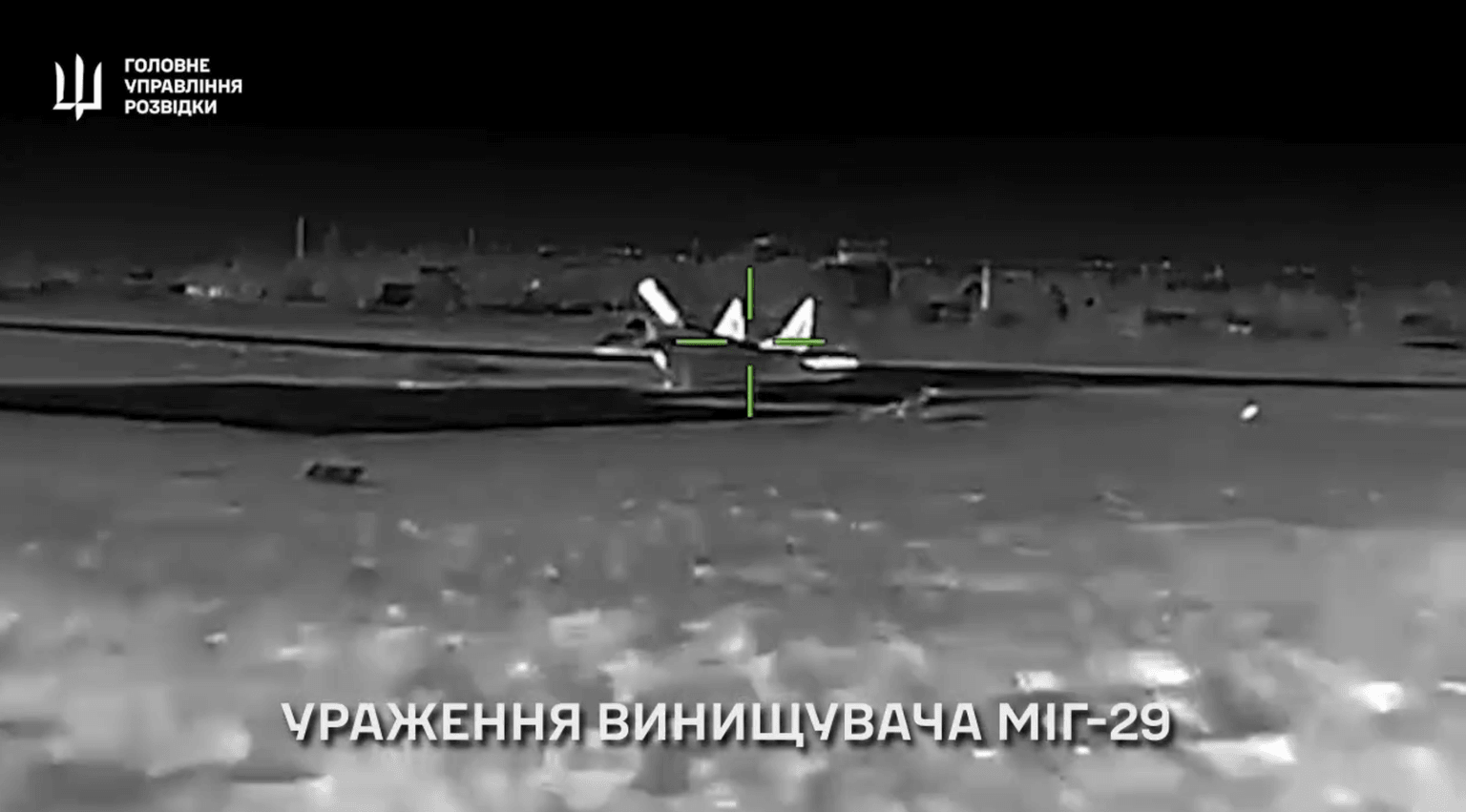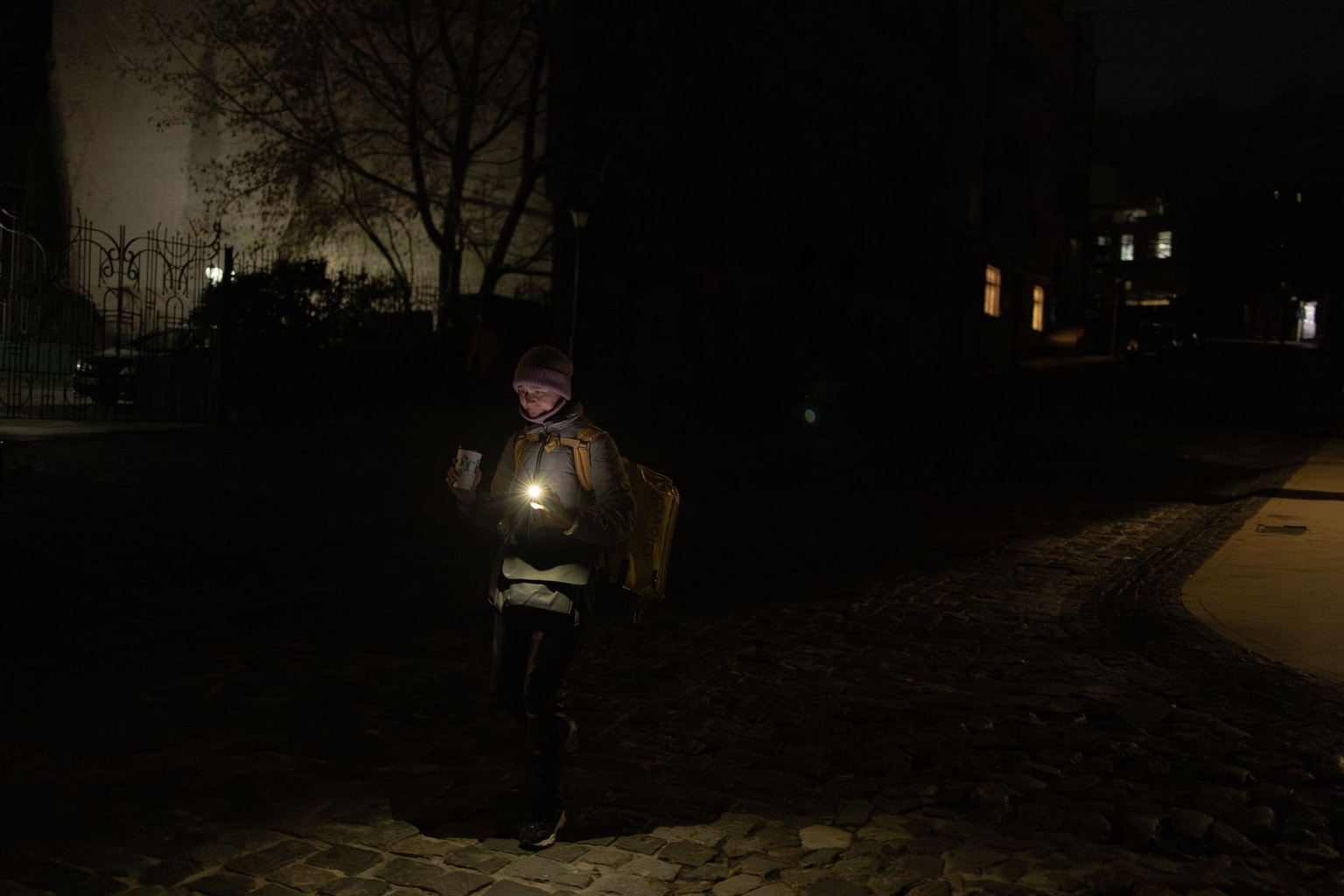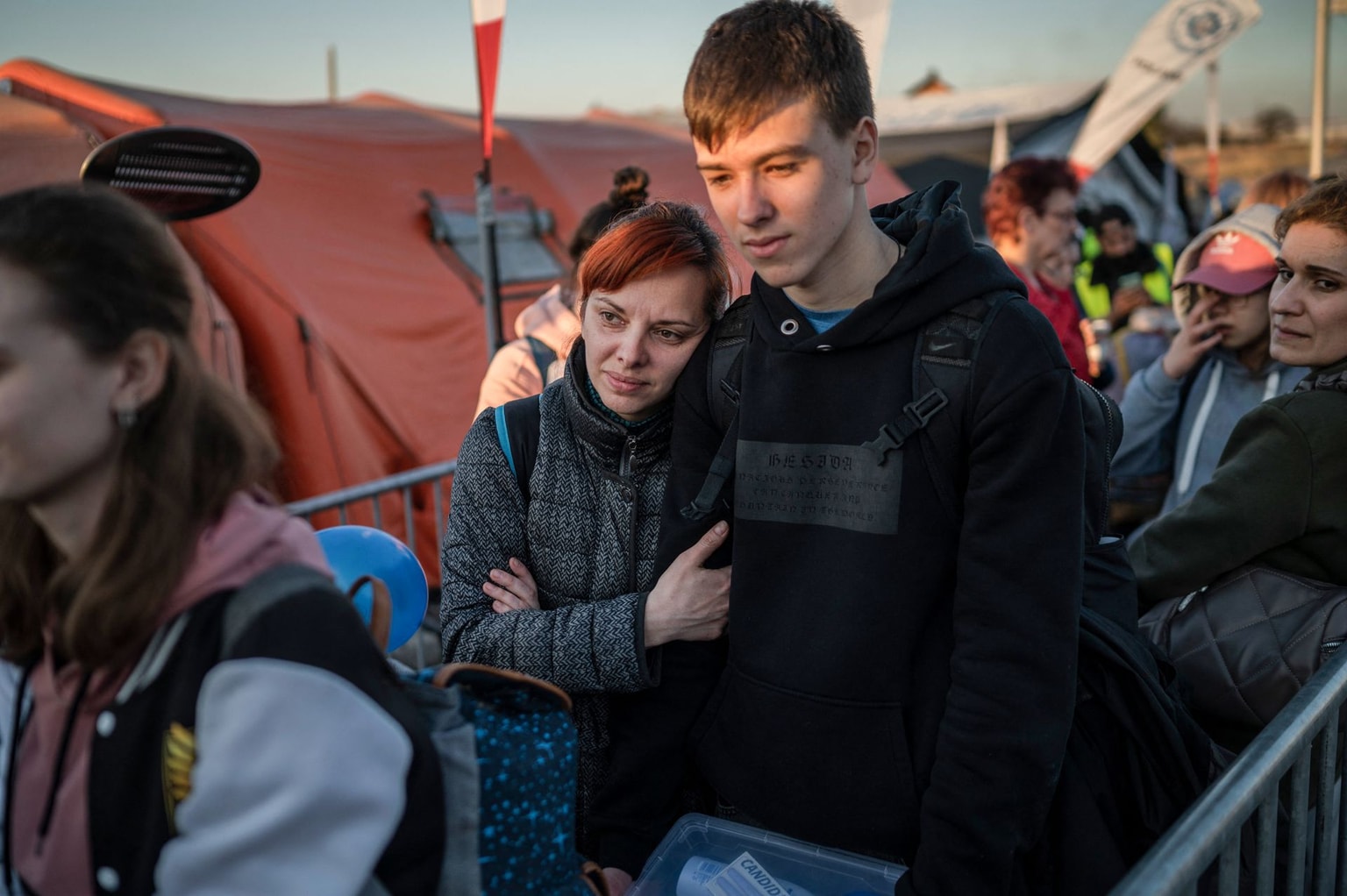Russia brings more tanks, artillery to contact line in Donbas

Russia is bringing more tanks, infantry combat vehicles, and self-propelled artillery to the contact line in the Ukrainian Donbas, the Ministry of Defense announced on Dec. 7.
This violates the Minsk agreements that require both sides to move heavy weapons at least 50 kilometers from the line of contact.
It also escalates the threat of Russian invasion — the Kremlin has so far positioned at least 94,000 troops along the border and in occupied territories, in preparation for a possible large-scale assault in late January or early February, according to Western and Ukrainian intelligence.
"Russia continues to take all measures to prevent the situation from stabilizing,” the defense ministry said in the statement.
The artillery pieces Russia has recently deployed include 122-millimeter guns with a maximum range of 20 kilometers.
Such weapons are widely used by Russian-led militants in occupied Donbas. Ukrainian military intelligence has repeatedly recorded the artillery pieces close to the front-line city of Avdiivka, publication Depo.ua previously reported.
Russia has also increased the number of sniper teams near the frontline with Ukraine, according to the ministry.
“They are ready to attack soldiers of the Joint Forces, destroy video surveillance, and provoke retaliatory fire,” the ministry stated.
Snipers from the militants’ so-called 1st Army Corps in Donetsk and 2nd Army Corps in Luhansk are being trained by Russian officers.
Serious concerns over a possible invasion were first raised in late October. Satellite photos showed a massive buildup of Russian military units near the city of Yelnya in Smolensk Oblast, which borders Belarus, the Washington Post reported on Oct. 30.
According to Ukrainian intelligence, as of Nov. 20, Russia had deployed 40 battalion tactical groups, including 94,000 troops, 1,200 tanks, 2,900 armored fighting vehicles, 1,600 artillery pieces, 330 airplanes, 240 helicopters, 75 maritime vessels, and six submarines.
On Dec. 1, Russian President Vladimir Putin demanded “legal guarantees” that Ukraine will not join NATO, which he said poses a threat to the Russian Federation.
On Dec. 7, U.S. President Joe Biden is set to talk via video conference with Russian President Vladimir Putin on Dec. 7 in an attempt to de-escalate tensions.
